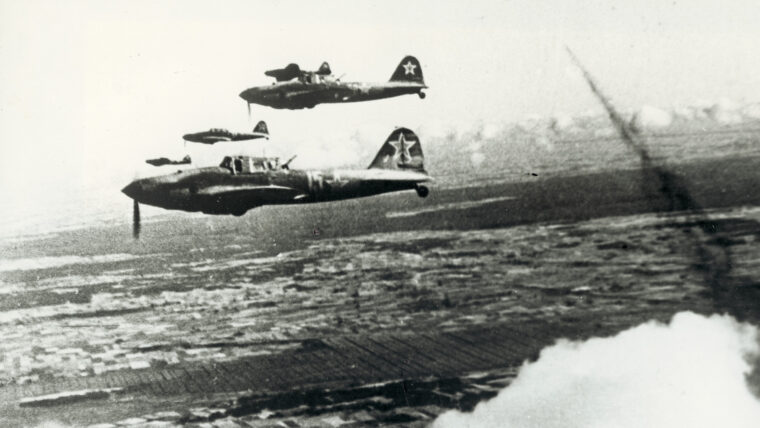
Eastern Front
Dueling Aces in Sevastopol
By Christer Bergström and Andrey MikhailovIn June 1942, the Black Sea port of Sevastopol on the Crimea was the scene of some of the fiercest fighting of World War II. Read more
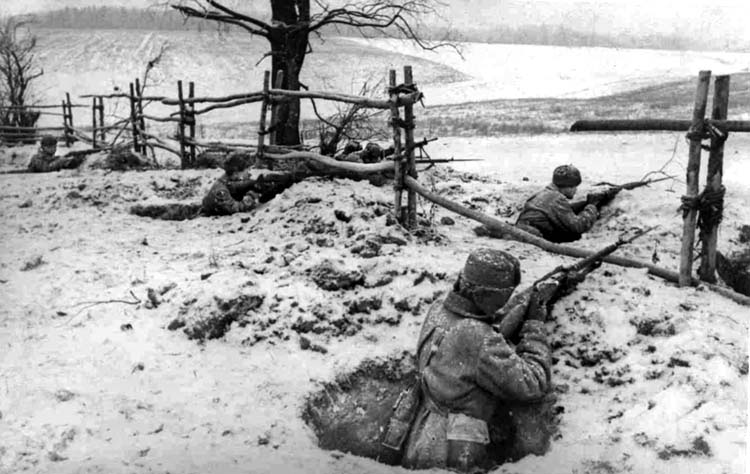
The Eastern Front during World War II includes the area of military confrontation involving the Soviet Union and Nazi Germany. The Soviet Red Army and the Nazi Wehrmacht clashed along the extended Eastern Front, which stretched thousands of miles from the Black Sea in the south to Finland and the approaches to the Arctic Circle in the north.

Eastern Front
In June 1942, the Black Sea port of Sevastopol on the Crimea was the scene of some of the fiercest fighting of World War II. Read more
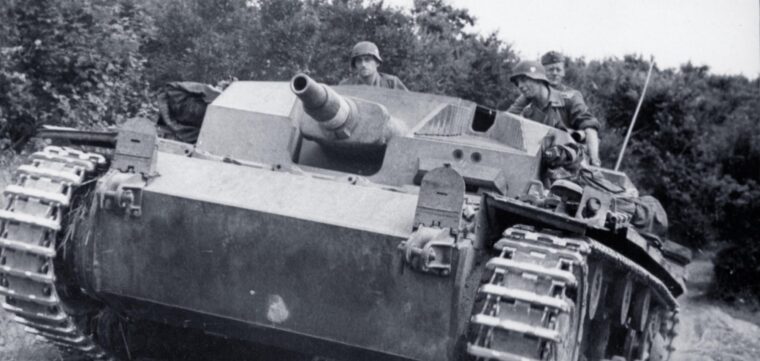
Eastern Front
Letters home provide us with a glimpse into the daily lives of soldiers during the best and worst times. Read more
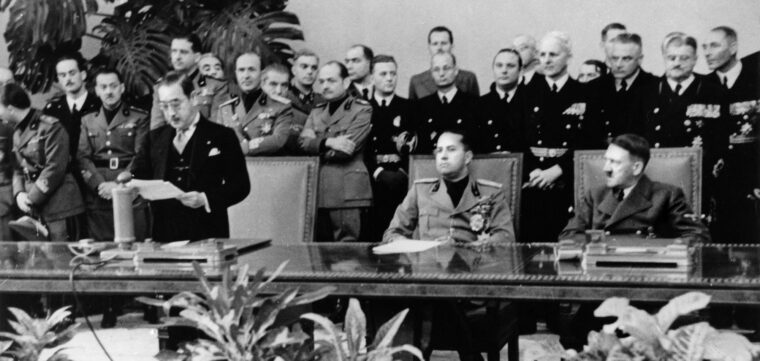
Eastern Front
On the evening of September 26, 1940, American radio announcer and journalist William L. Shirer noted in his later famous Berlin Diary that the next day Italian Foreign Minister Count Galeazzo Ciano would arrive there from Rome, adding that most people thought it was for the announcement that Francisco Franco’s Spain was entering the war on the side of the Axis. Read more
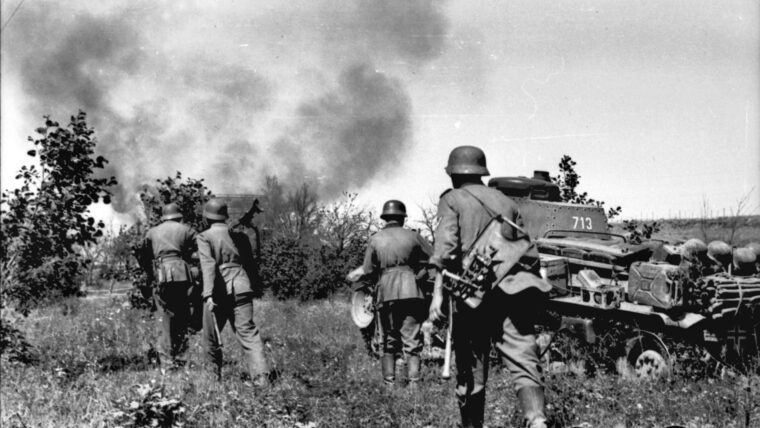
Eastern Front
The smell of victory was in the air as the forces of Field Marshal Fedor von Bock’s Army Group Center continued to drive deep into the Ukraine during the final week of June 1941. Read more
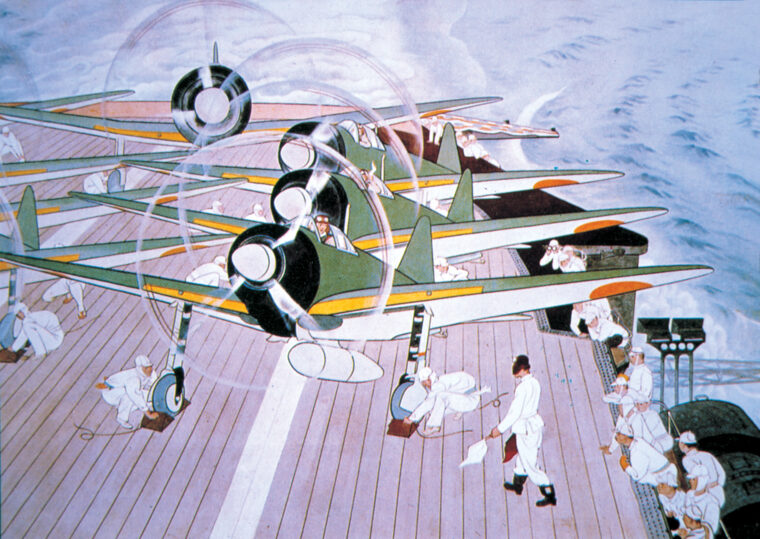
Eastern Front
The Siberians are coming!” It was a cry that spread terror through the ranks of the German Wehrmacht in the winter of 1941. Read more
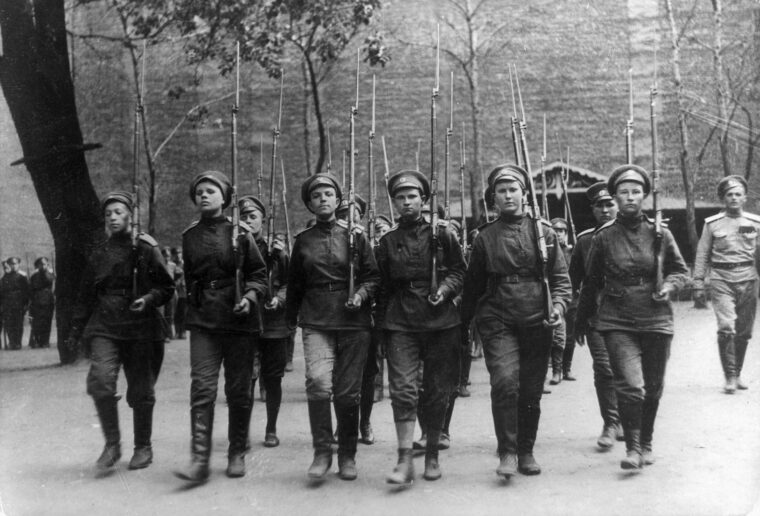
Eastern Front
By spring 1917, Russia had borne the heaviest burden of World War I. Russian reports counted more than six million men killed, wounded, or interned as prisoners of war. Read more
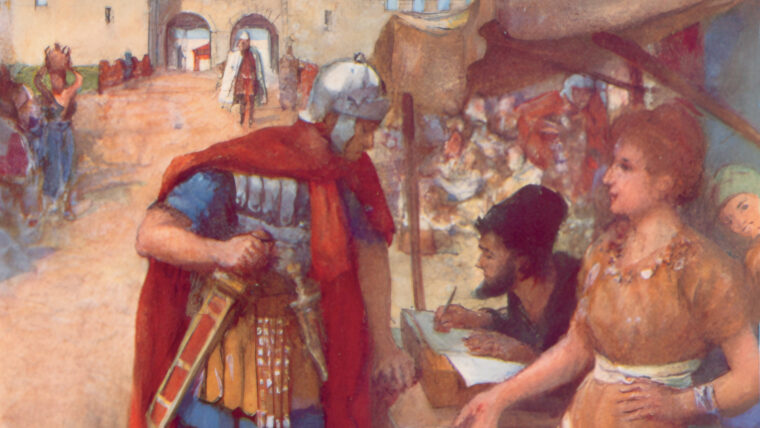
Eastern Front
Gnaeus Domitius Corbulo was probably born between 4 bc and ad 1. His younger half-sister was first the mistress and then the consort of Gaius Caesar Germanicus, better known as the Emperor Caligula. Read more
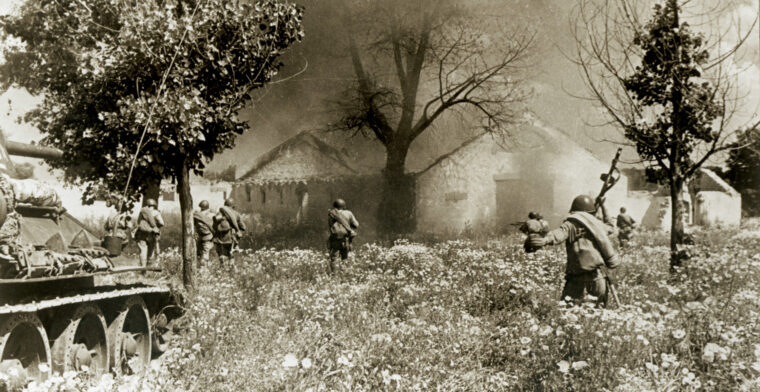
Eastern Front
May 1, 1944. Marshal of the Soviet Union Ivan Stepanovich Konev had a right to be pleased with himself and his men as he gazed at the maps spread before him. Read more
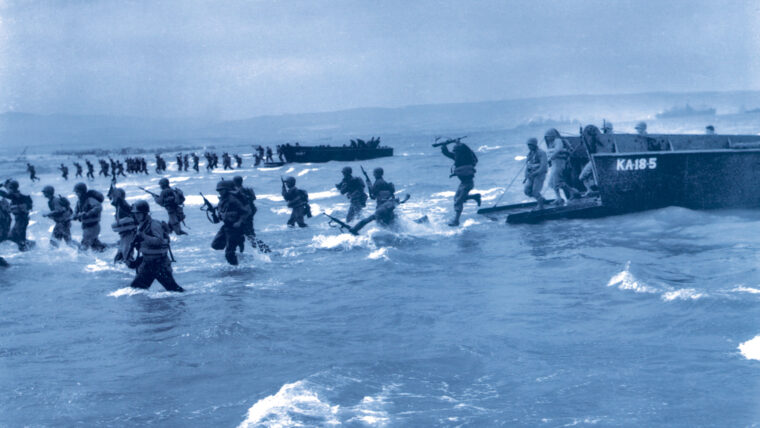
Eastern Front
Less than a year after the sudden and devastating Japanese attack against the United States at Pearl Harbor on December 7, 1941, the American military was about to embark on a large-scale offensive operation against German and Italian forces in North Africa. Read more
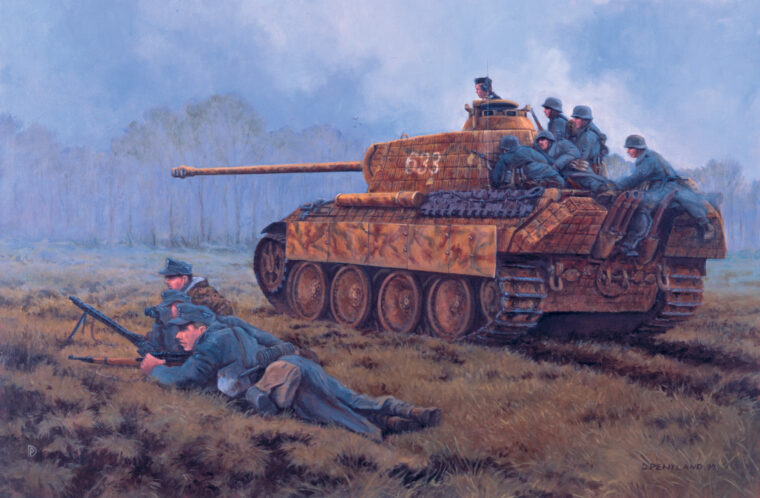
Eastern Front
“Where is Steiner?” Adolf Hitler demanded as his Thousand Year Reich crumbled around him in April 1945. “Is he attacking yet?” Read more
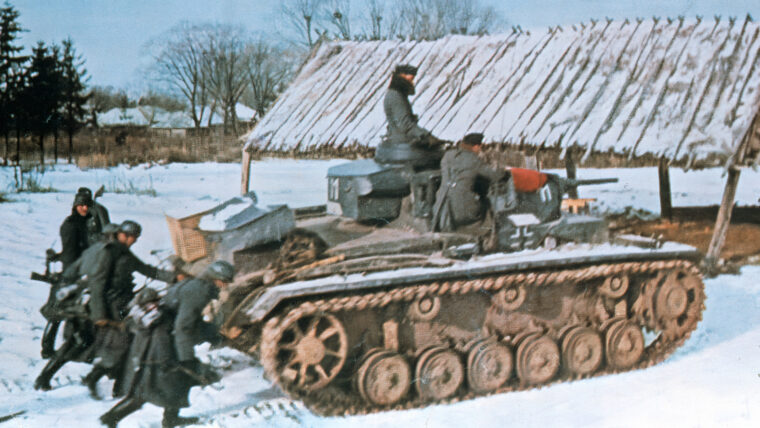
Eastern Front
Early in December 1941, Operation Typhoon, the German drive on Moscow, withered in the face of tenacious Soviet resistance and one of the worst Russian winters in living memory. Read more
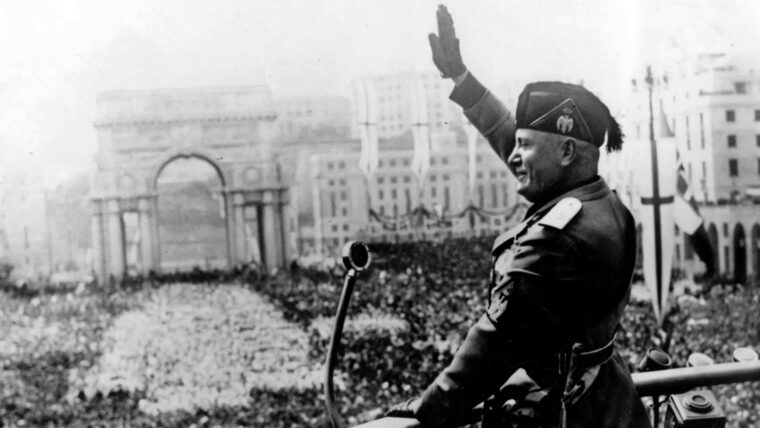
Eastern Front
It was shortly before seven o’clock on the rain-drenched morning of April 27, 1945, the day before the death of Italian dictator Benito Mussolini. Read more
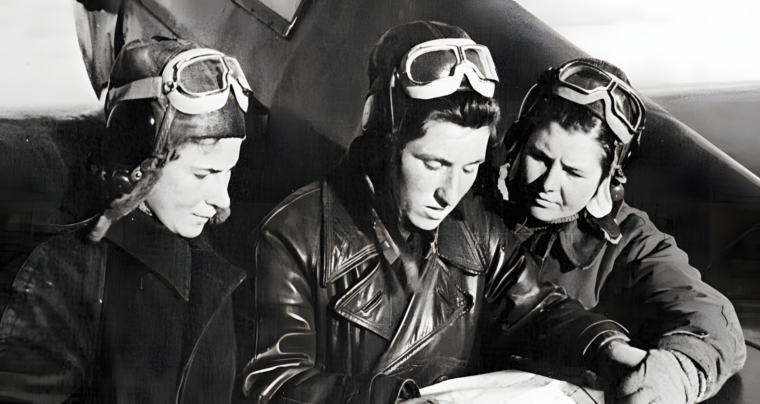
Eastern Front
When German panzer and infantry columns rumbled across the frontier into Russia on June 22, 1941, the Soviet Air Force was woefully unready for war. Read more
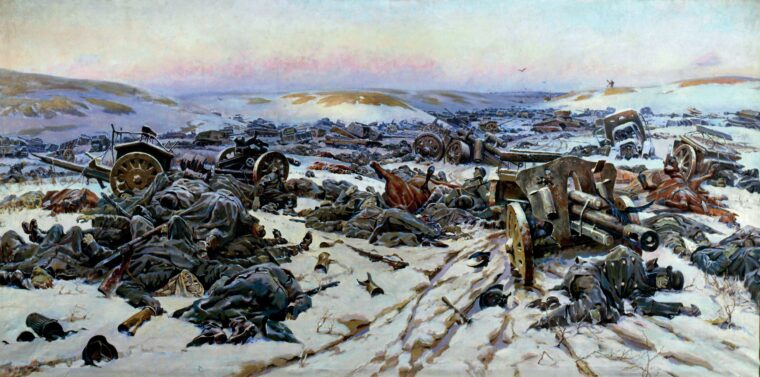
Eastern Front
On January 26, 1944, in the midst of the Ukrainian winter, the tanks of Gen. Ivan S. Read more
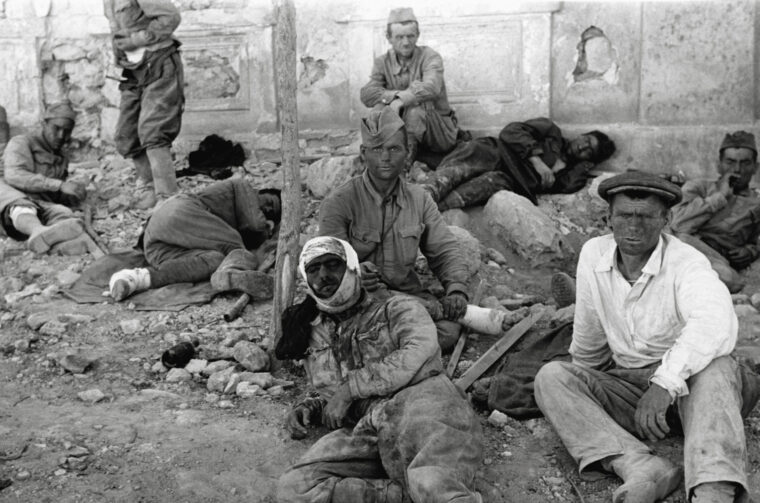
Eastern Front
By late October 1941, the armies of the Third Reich had swept deep into western Soviet Russia. Read more
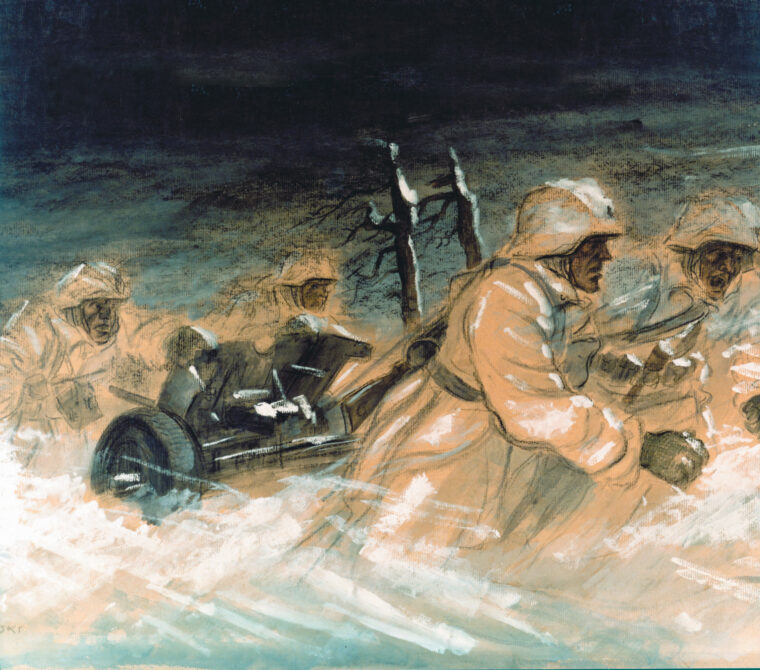
Eastern Front
On the vast Eastern Front, the Demyansk salient represented little more than a smudge on the battle map. Read more
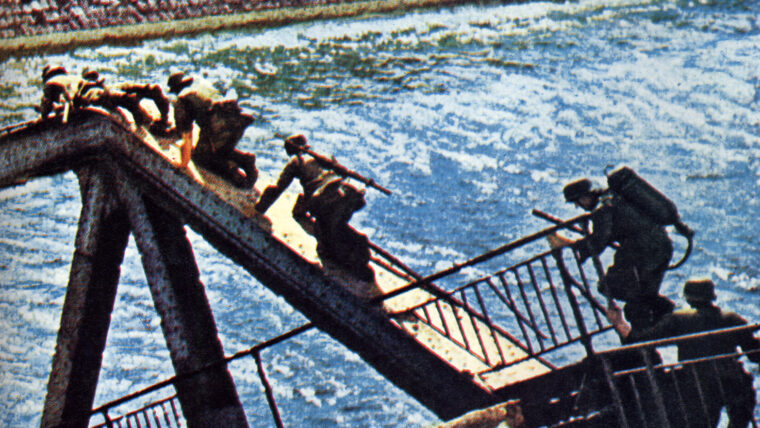
Eastern Front
War had been raging for 10 days, and Wehrmacht columns were pouring through Poland in a ceaseless torrent. Read more
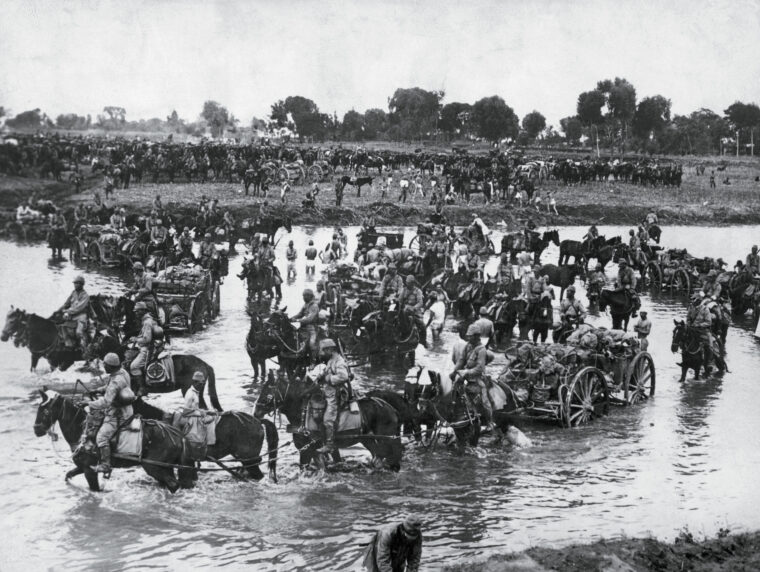
Eastern Front
In May 1939, Mongolian herdsmen and part-time militia cavalry crossed the Khalkhin Gol, or Halha, River near the village of Nomonhan in Manchurian-claimed territory. Read more
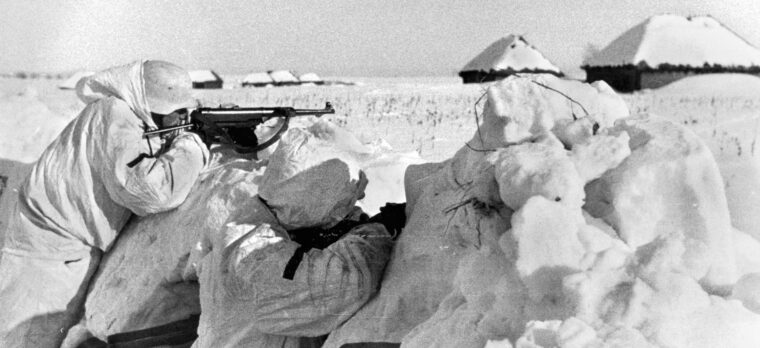
Eastern Front
It was the third winter in Russia for the men of Field Marshal Erich von Manstein’s Army Group South, and things were going from bad to worse. Read more
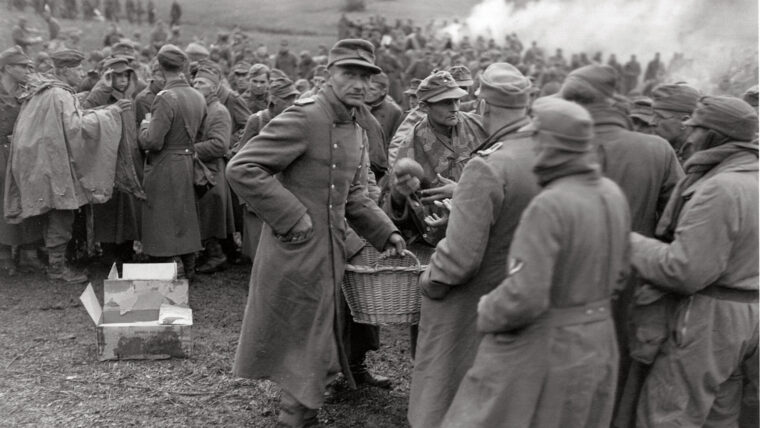
Eastern Front
It was an impressive sight. Upon the reviewing stand as honored guest was General Dwight D. Read more